Which Of The Following Examples Involves Indirect Transmission Of Disease?
Which of the following examples involves indirect transmission of disease?. Identification of the transmission route is important because it can facilitate improved prevention and control of infectious diseases. Indirect Transmission Some pathogens like the protoctista plasmodium that causes malaria use vectors for transmission. Examples include hands not washed between residents contaminated gloves objects in the residents bed space or environment medical equipment andor contaminated instruments.
Disease control measures are generally directed at which of the following. This cycle is called the transmission cycle of disease or transmission cycle. Indirect contact transmission involves inanimate objects called fomites that become contaminated by pathogens from an infected individual or reservoir Figure 1610.
Fomite exposure requires an inanimate object to carry a pathogen from one susceptible animal to another. The groups of infectious agents are listed with examples of diseases they cause. 2009 Vibrio cholerae Kaper et al.
The transmission of pathogens from current to future host follows a repeating cycle. Infectious diseases can also be spread indirectly through the air and other mechanisms. Examples of fomites are toys clothes bedding or surgical instruments.
Living agents of transmission are referred to as vectors. Students learn about different kinds of disease transmission using an infographic and a reading that describe the following types of transmission. Bacteria Pneumonia tuberculosis enteric fever gonorrhoea Viruses.
Indirect transmission involves the transfer of an infectious agent through a contaminated intermediate object equipment or environment or personfor example a healthcare workers hands transmitting infectious agents after touching an infected body site on one. Fomite exposure often involves a secondary route of exposure such as oral or direct contact for the pathogen to enter the host. 2008 and Giardia lamblia in humans Wolfe 1992.
Examples of fomites include contaminated vehicles shovels clothing bowlsbuckets brushes tack and clippers. For example in foot and mouth disease and tuberculosis in livestock Brennan et al.
Examples of fomites are toys clothes bedding or surgical instruments.
Bacteria Pneumonia tuberculosis enteric fever gonorrhoea Viruses. Person to the healthy person via direct physical contact with blood or body fluids. Identification of the transmission route is important because it can facilitate improved prevention and control of infectious diseases. Indirect transmission of plant pathogen occurs as a result of insect attack. Indirect transmission involves the transfer of an infectious agent through a contaminated intermediate object equipment or environment or personfor example a healthcare workers hands transmitting infectious agents after touching an infected body site on one. The transmission of pathogens from current to future host follows a repeating cycle. Infectious diseases can also be spread indirectly through the air and other mechanisms. Contact is one of the most common modes of transmission. Indirect transmission includes which of the following.
Doorknobs or toilet seats. 1995 viral hepatitis A Ajelli et al. Living agents of transmission are referred to as vectors. Doorknobs or toilet seats. Identification of the transmission route is important because it can facilitate improved prevention and control of infectious diseases. 2009 Vibrio cholerae Kaper et al. Indirect contact transmission involves inanimate objects called fomites that become contaminated by pathogens from an infected individual or reservoir Figure 1610.
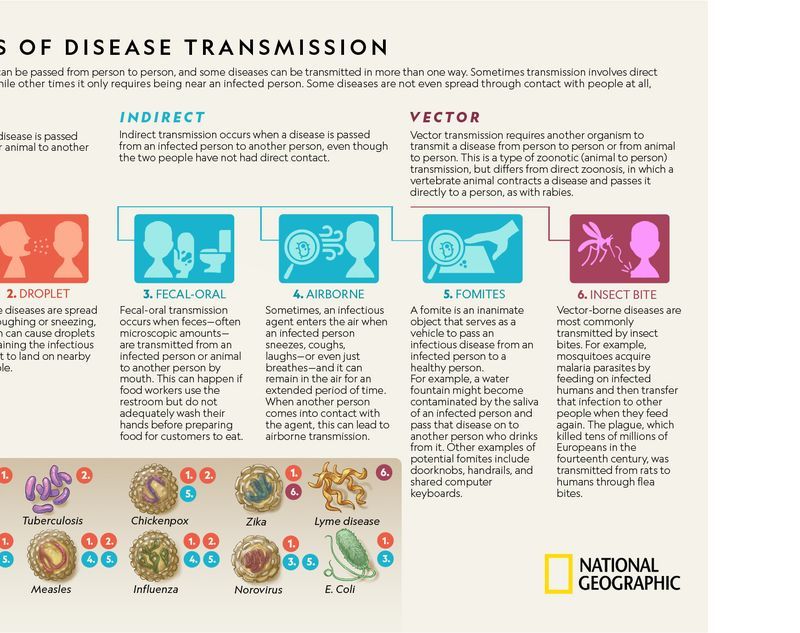

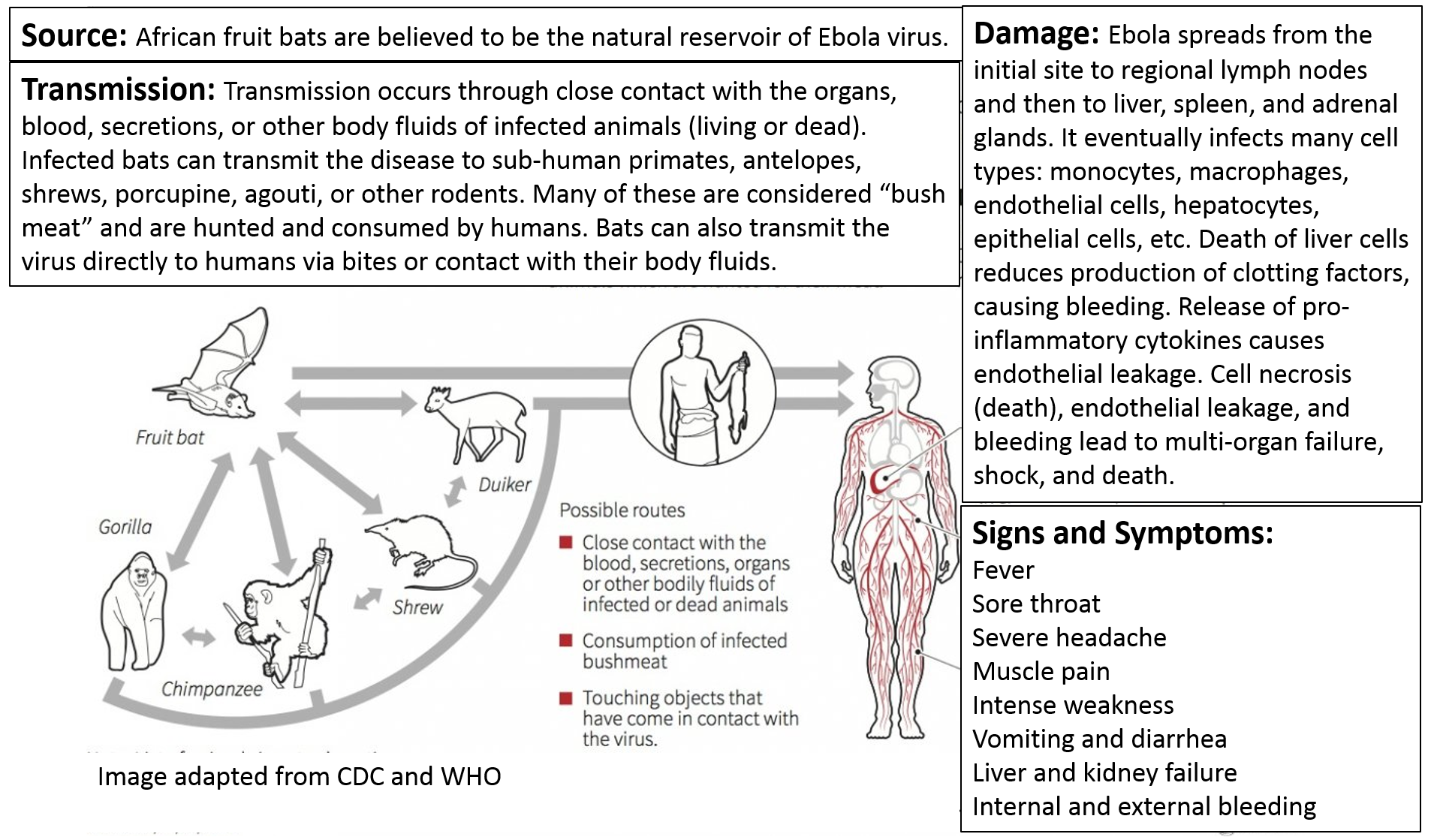
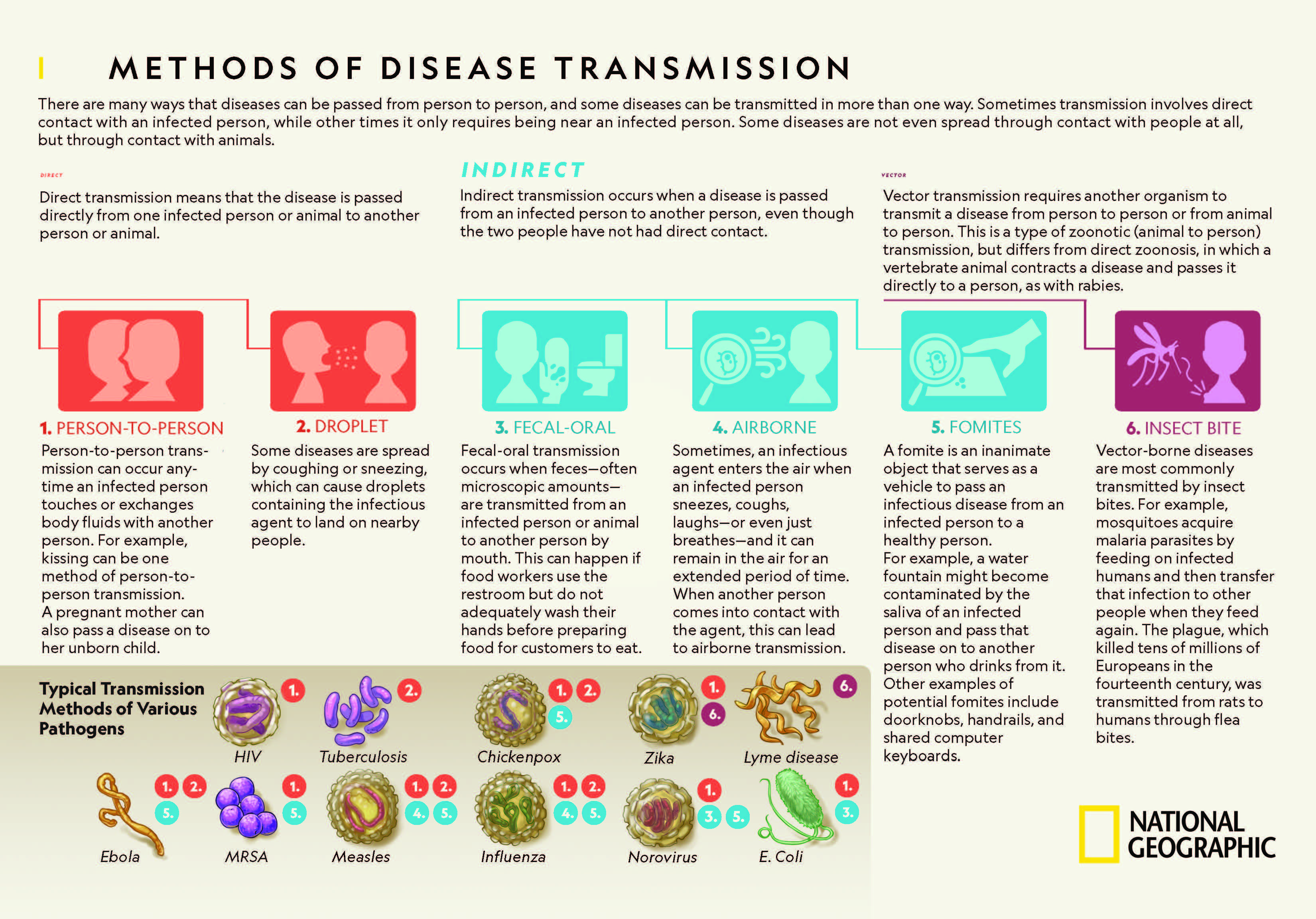
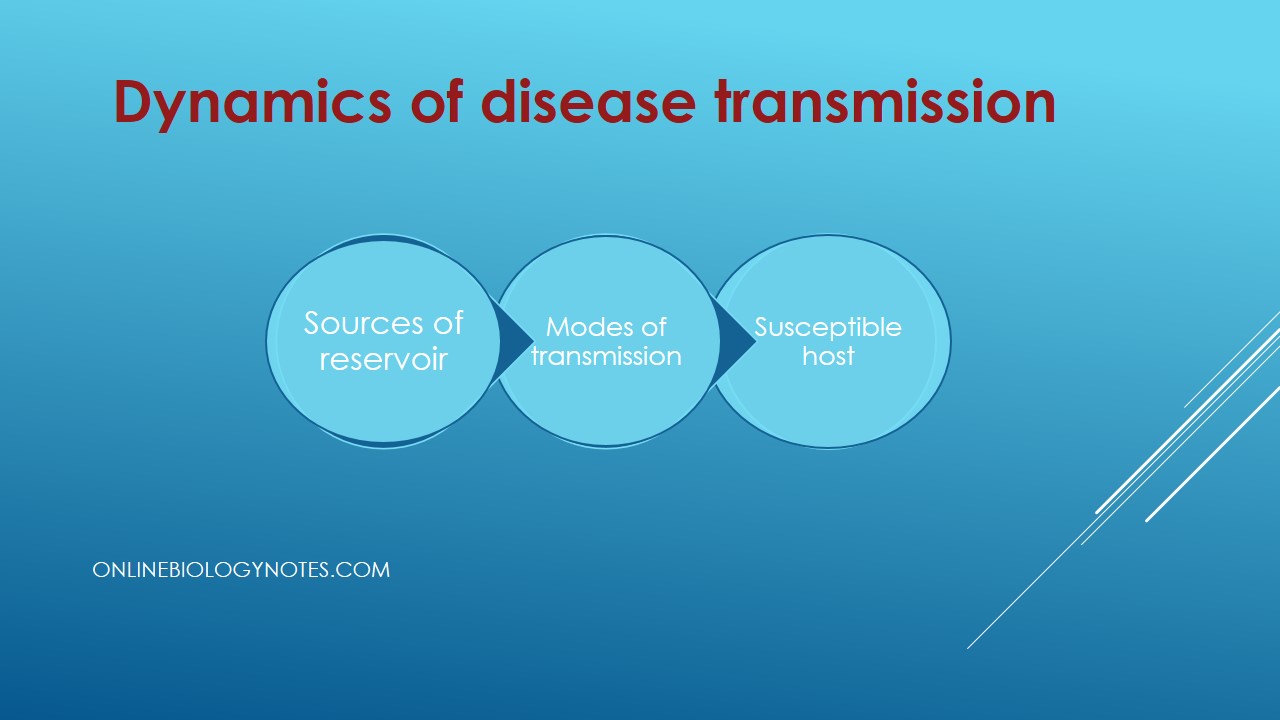
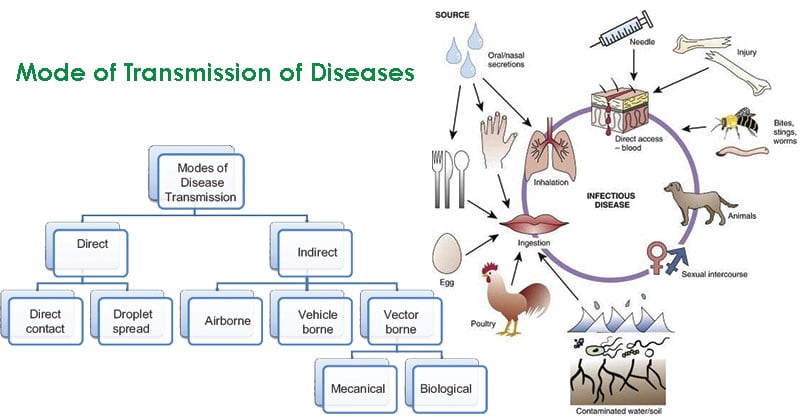
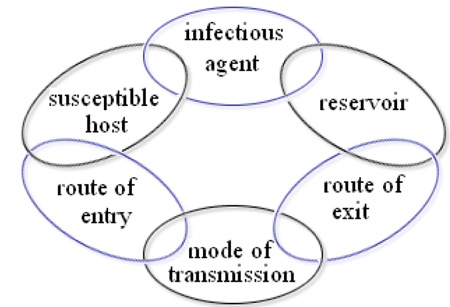





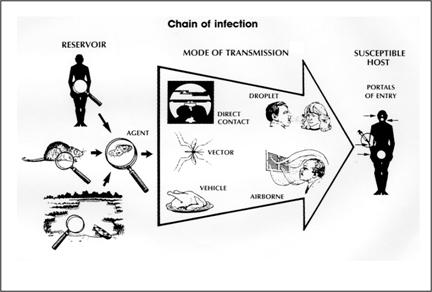
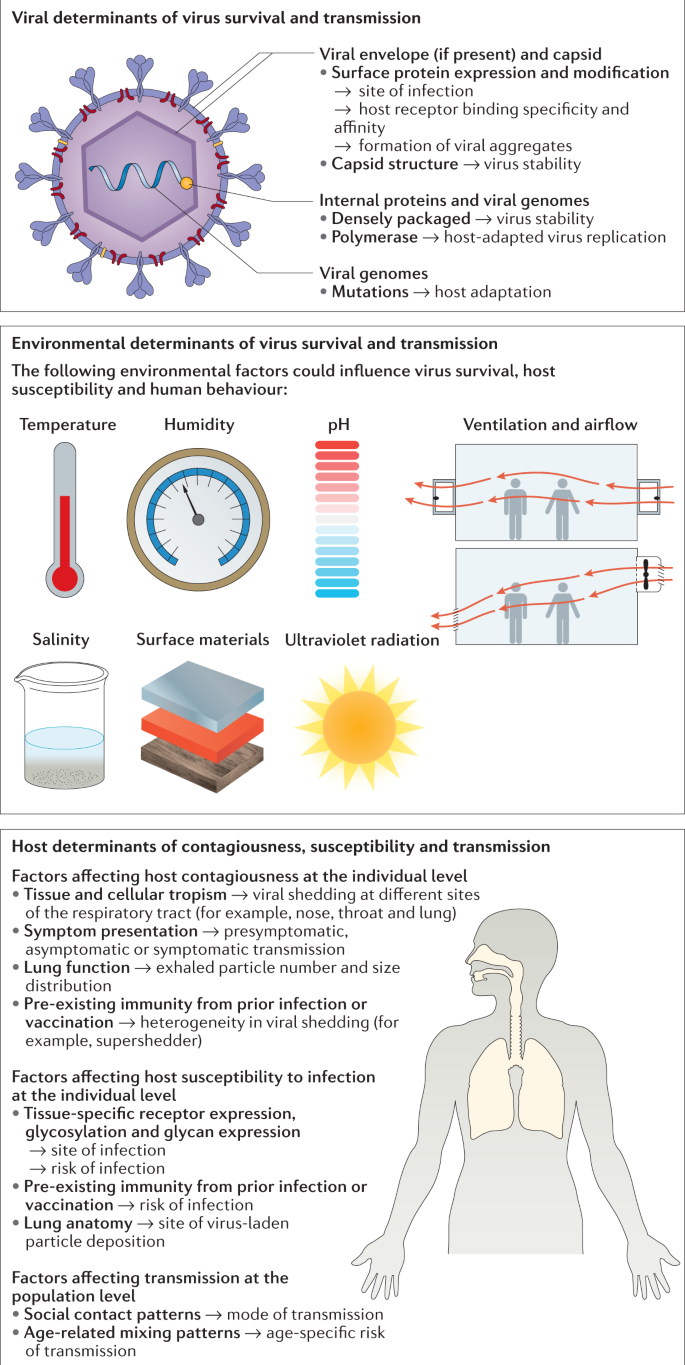



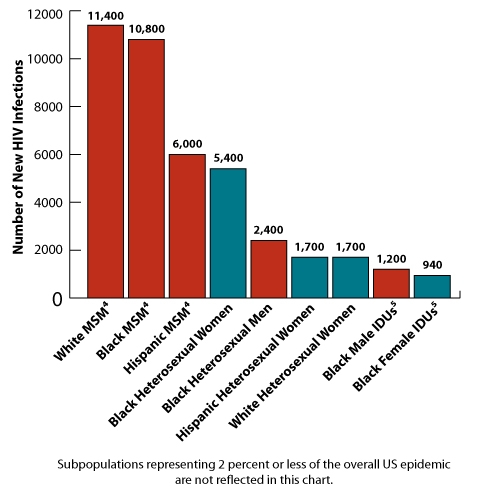
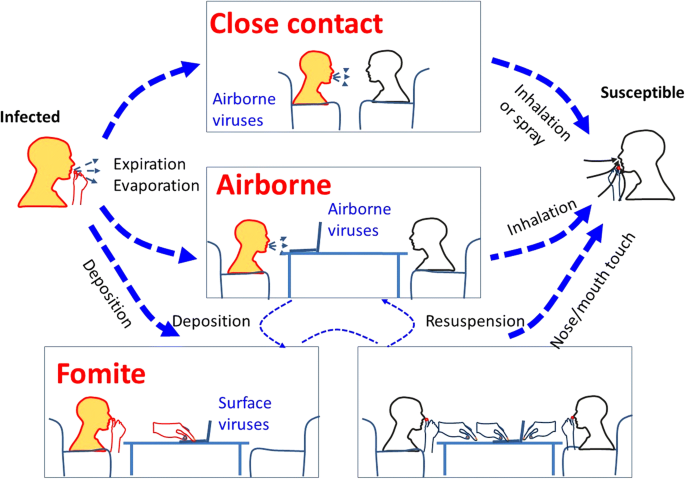
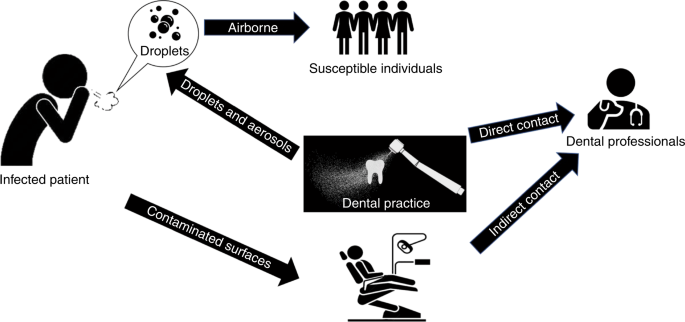
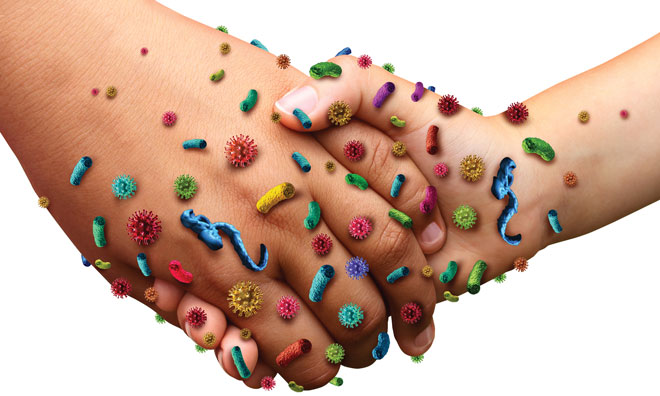
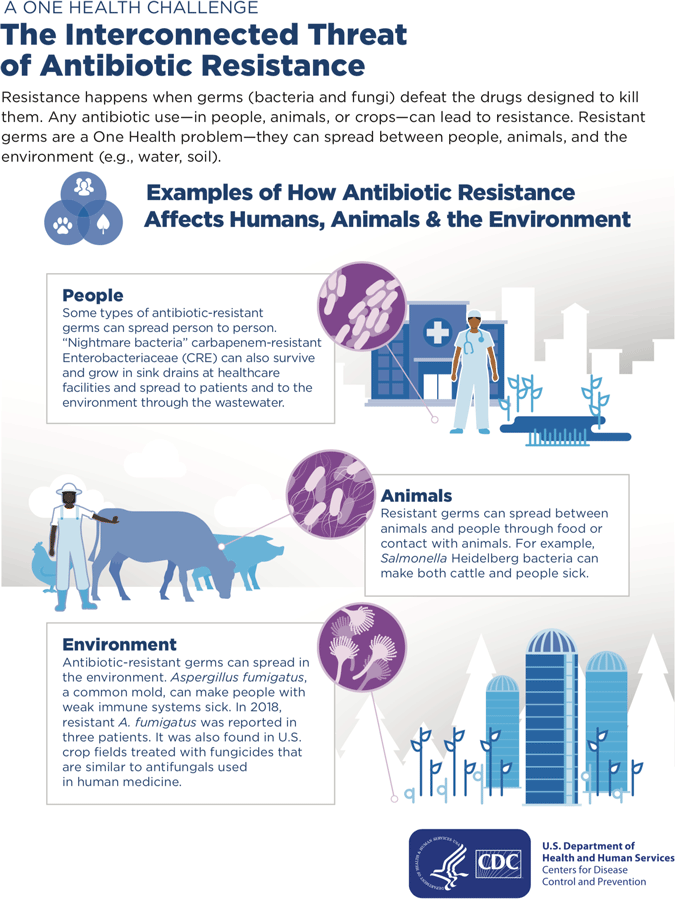
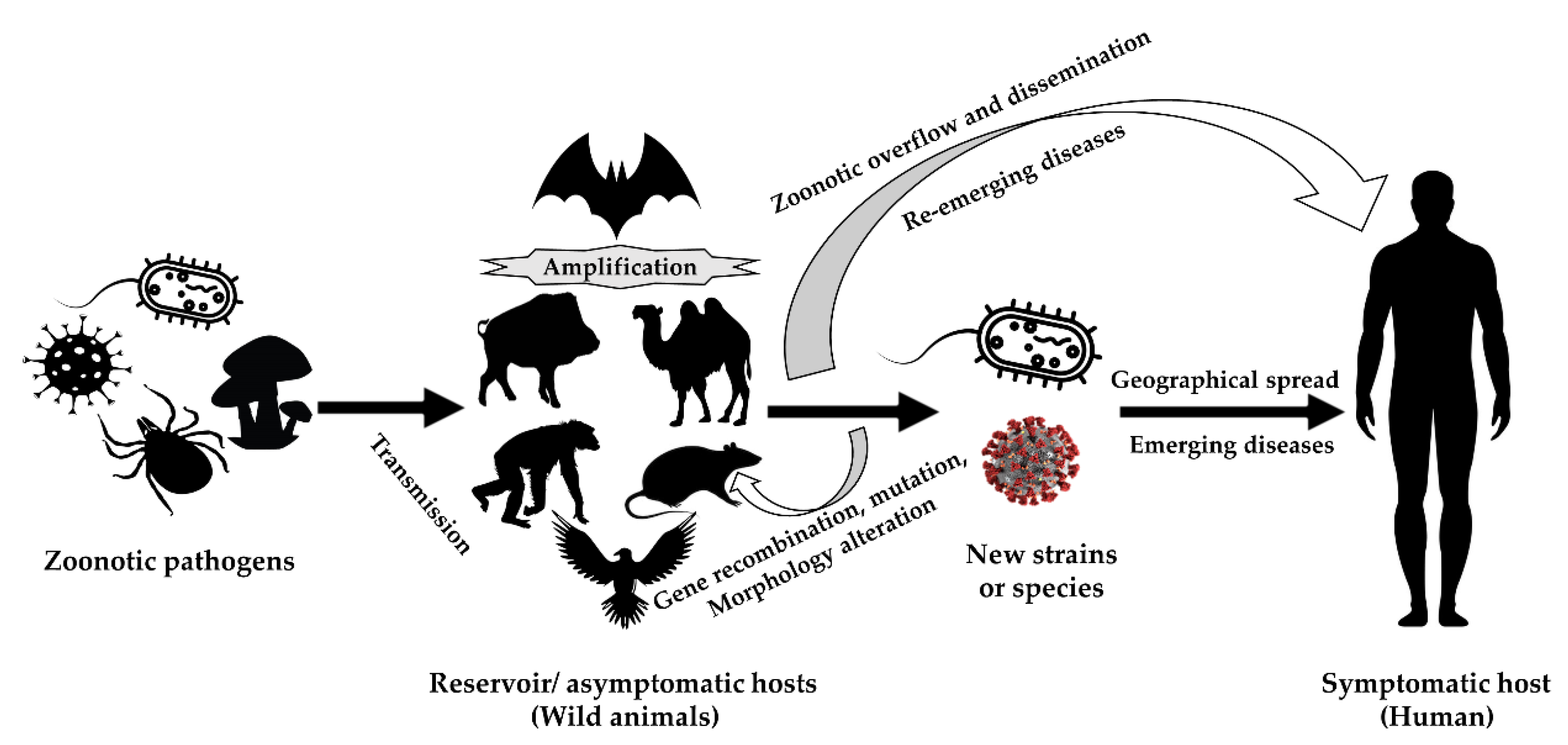
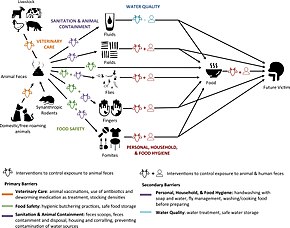




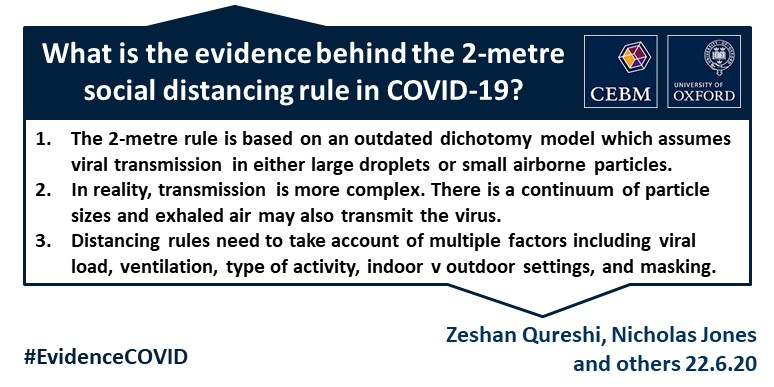

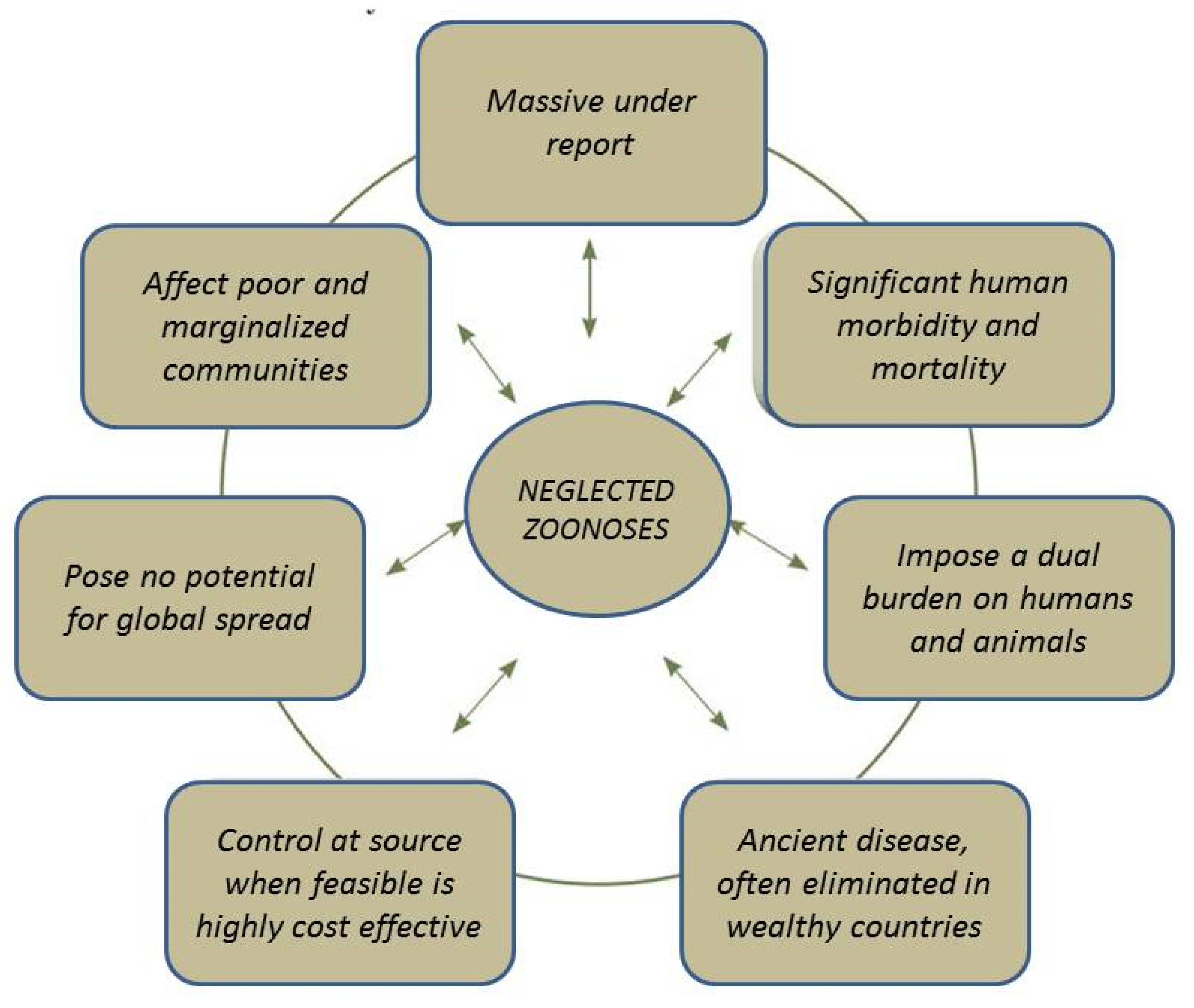
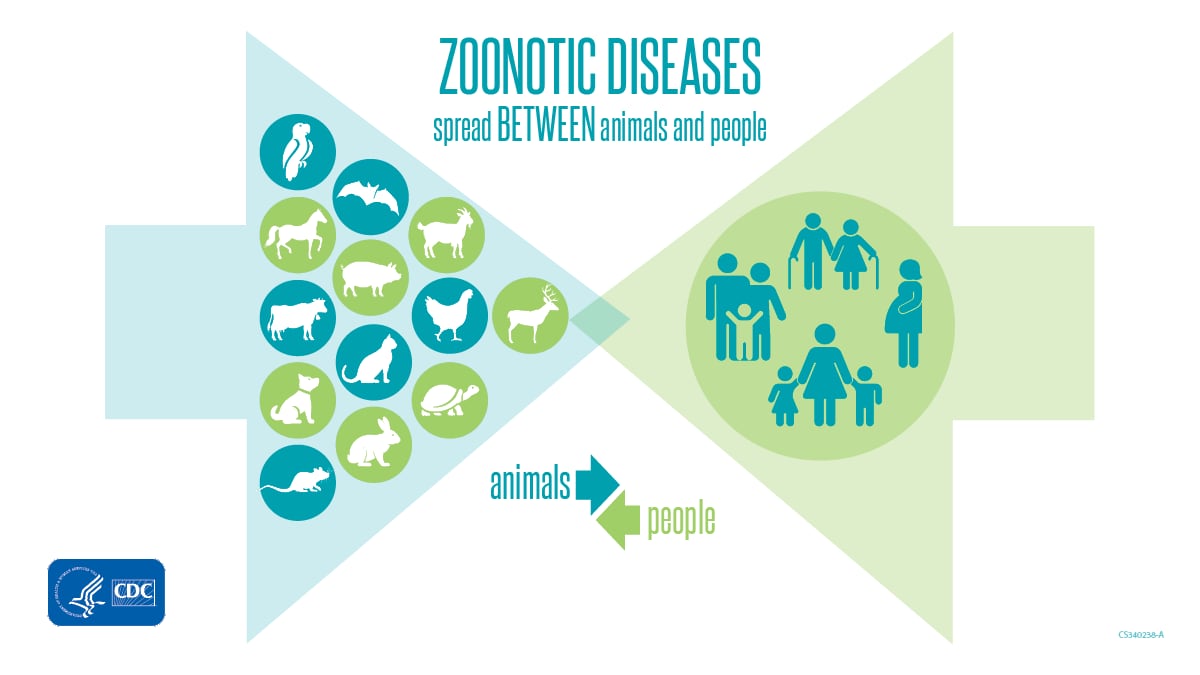

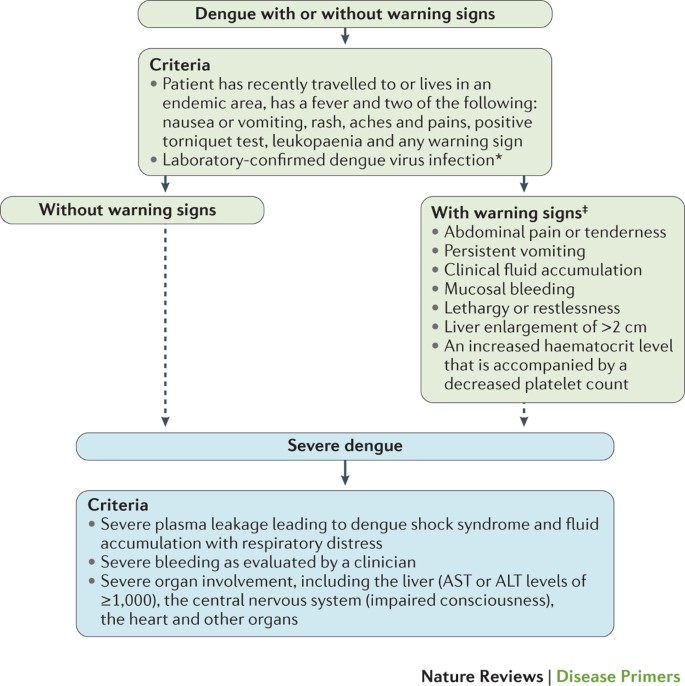





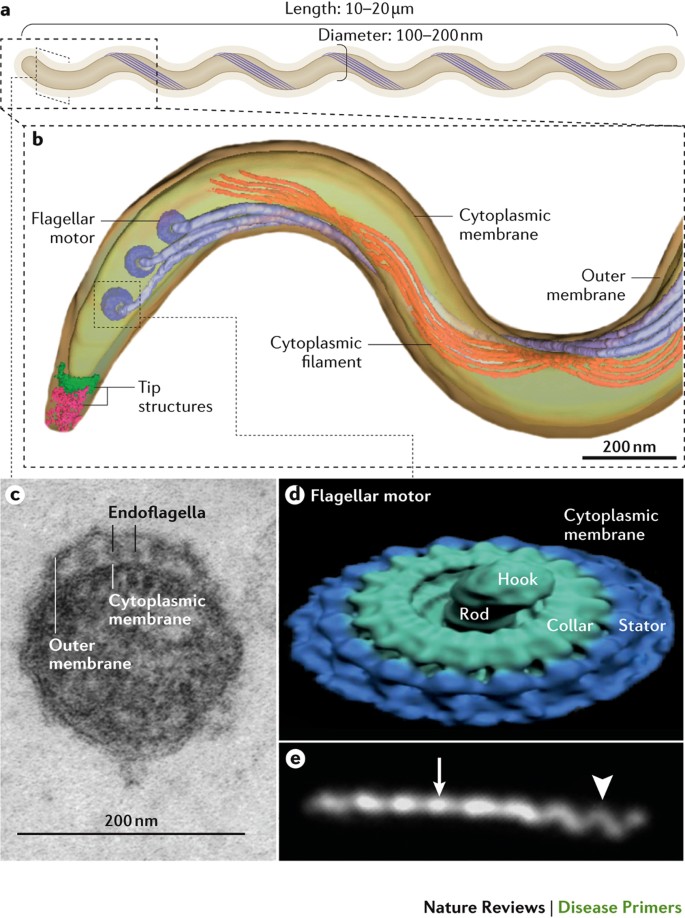
Post a Comment for "Which Of The Following Examples Involves Indirect Transmission Of Disease?"